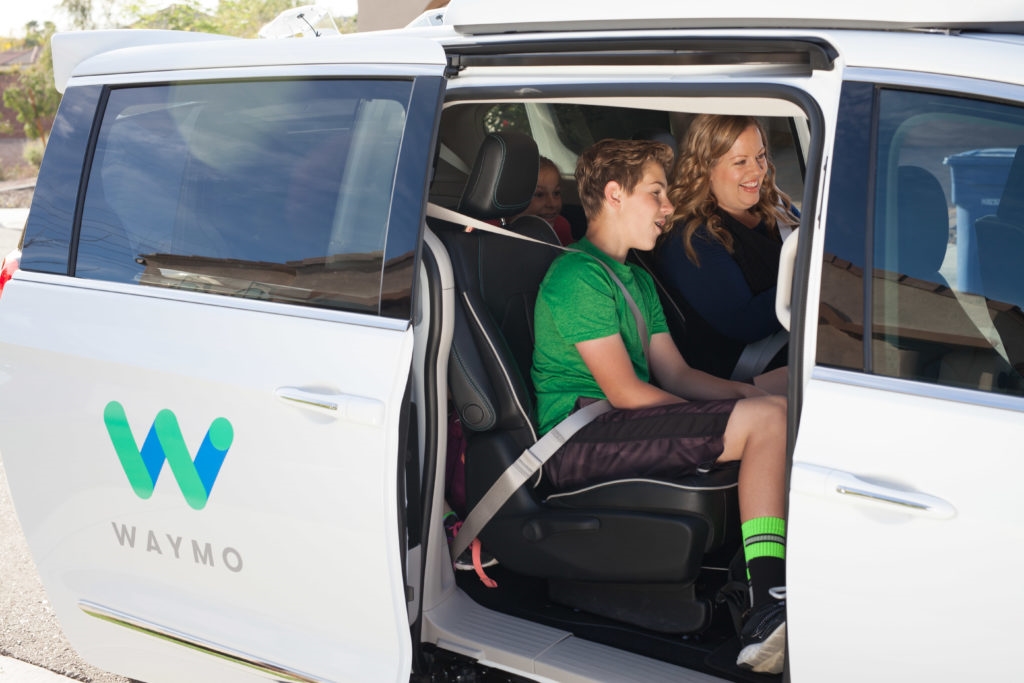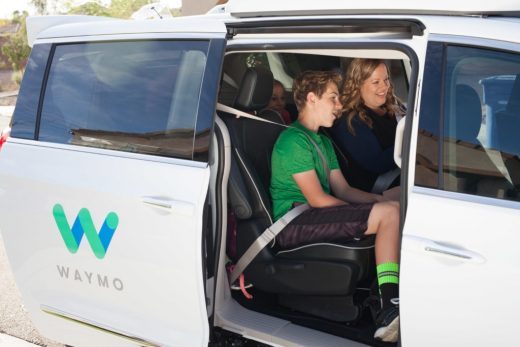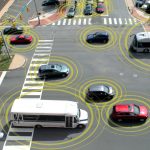Waymo patents collapsible self-driving car design
Waymo patents collapsible self-driving car design

Google’s self-driving division, Waymo, has received a patent for an automotive design where the car loses rigidity before a crash, minimizing the damage to the rider and any other cars.
Waymo would achieve this by reducing the tension of hood, panels and bumpers before an accident, according to Silicon Beat. The release of tension should, in theory, significantly reduce the damage to other cars or people.
See Also: Google’s self-driving division could be a $ 70 billion business, says Morgan Stanley
“The force of the vehicle’s impact is a primary factor in the amount of damage that is caused by the vehicle,” said Waymo in the patent. “Accordingly, it is desirable to design a vehicle that can reduce the force of impact experienced during a collision.”
As most car accidents happen due to human error, Waymo expects most of its crashes to be the fault of the driver or pedestrian. It should, hopefully, be able to spot potential hazards a few seconds before a crash, giving the system time to loosen the tension.
The patent does not detail what would happen to the person inside the car in this scenario. Waymo riders sit in the back seat usually, so the company may be looking to redesign the car to insulate the driver from crashes while reducing the overall damage.
It is not the first unorthodox patent for reducing damage we have seen from Waymo, a year ago the company filed an patent for a hood that would stick the pedestrian to the bonnet of the car.
Waymo also recently tested its Chrysler Pacifica vans in Death Valley, making sure that even with the additional electrics the self-driving cars were able to function in extreme conditions.
The post Waymo patents collapsible self-driving car design appeared first on ReadWrite.
(14)













